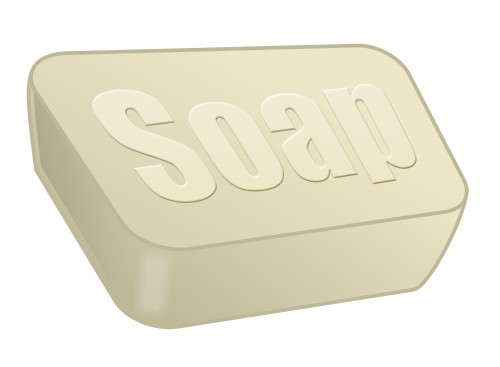Chiropractic Notes | Clinics that use xDocs generate more revenue

If you are completing your chiropractic SOAP notes on paper you might wonder why you are still light years away from building your dream practice. Aside from stealing valuable time away from other income-producing activities, paper patient documentation has been shown to seriously hurt the profitability of a chiropractic clinic, especially in comparison to using digital xDocs. Granted, change can be scary and painful– even more so if you have to trade familiarity and convenience for complicated technological processes. But what if the transition to digital documentation with xDocs, in fact, made the whole patient documentation process simpler? With auto-populating forms that fill in patient demographics and can be completely customized to match your old paper forms, xDocs are easy to use from day one. Best of all, xDocs make EMR follow the chiropractor’s workflow so he is more likely to complete the SOAP note while he is still with the patient, then submit it at the end of the appointment with the click of a button instead of staying up late at night to catch up on paperwork. It goes without saying that faster submission of SOAP notes directly impacts the billing process and improves the cash flow at any chiropractic clinic. Moreover, spending more time treating your patients will increase your patient flow and as such also improve your clinic’s profitability. Not to mention that going digital will also earn you a meaningful use stimulus from the U.S. Government to encourage EMR/EHR transitions while making it easier to stay on top of any changes made by payers. In the end it’s all about commitment, though. If you don’t make a complete transition to xDocs and only use them with half of your patients or even less frequently, your results will suffer accordingly and produce a much smaller margin of billing improvement as obvious in the example below. Practice D was using xDocs for less than 12% of the visits and achieved no meaningful improvement in billing performance: With a 100 percent commitment to transition and use, however, you can potentially double your clinic’s billing performance in about three months’ time as clearly achieved in the example below. Practice A started using xDocs in May, in just three months their billing more than doubled: Ultimately, the potential uses of xDocs at your chiropractic clinic are almost limitless and include required PIP documentation, chiropractic intake forms, visit documentation, care plan tracking or any other special purpose from within Genesis’ cloud-based Vericle platform.

